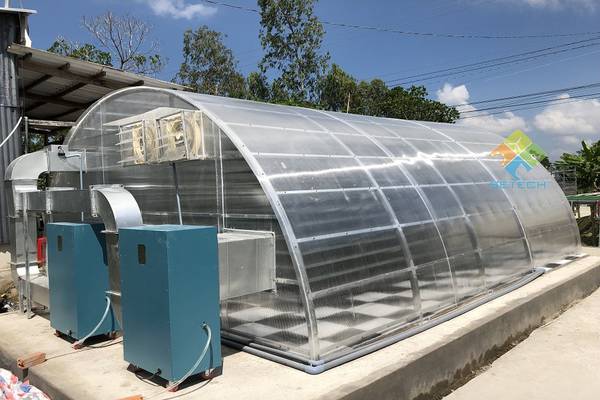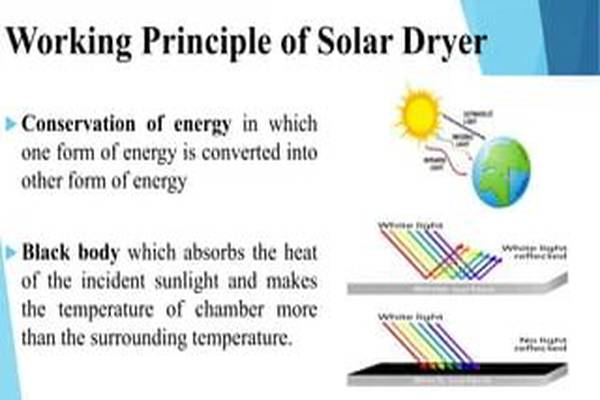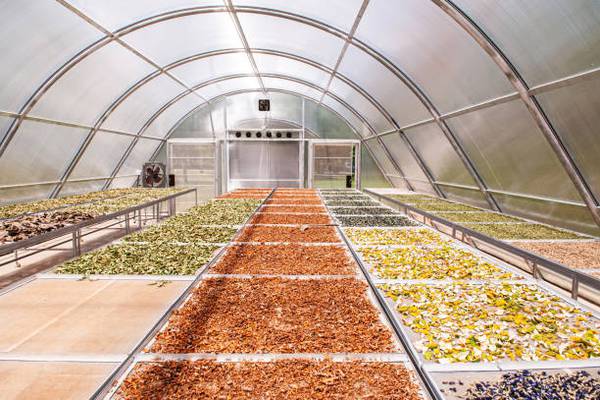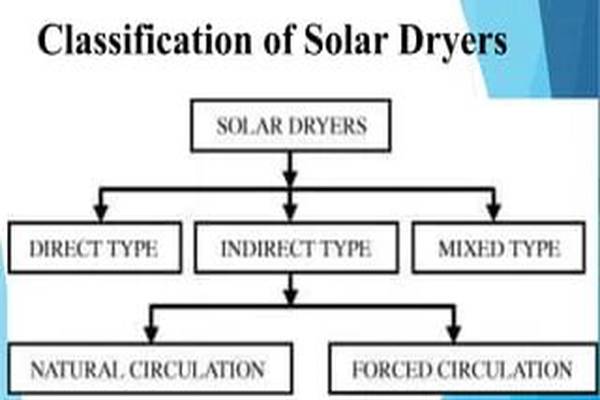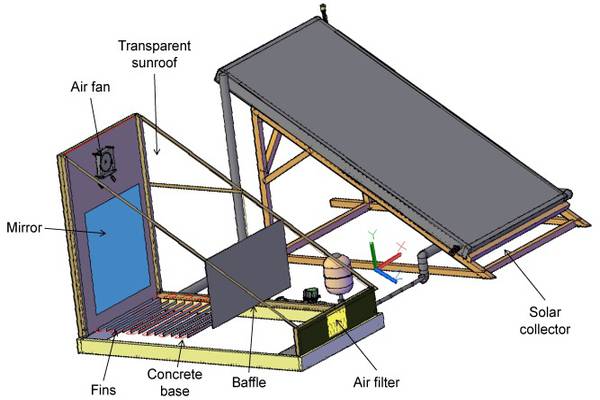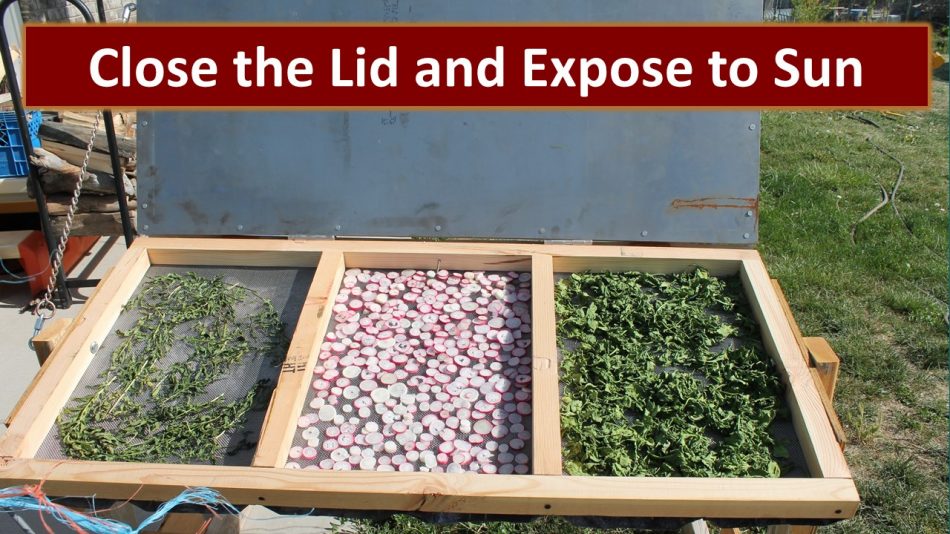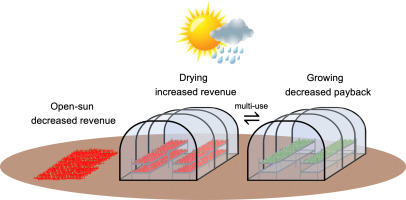Exploring The Benefits Of Solar Dryers
Drafted by: vijaychourey26@gmail.com
In today's world, where sustainability and efficiency are paramount, solar dryers have emerged as a promising solution for various drying needs. These innovative devices utilize solar energy to efficiently remove moisture from a wide range of products, offering numerous benefits to industries and individuals alike. One such innovation that has gained significant attention is the solar dryer for agriculture. This revolutionary technology marries the principles of solar energy with the preservation of agricultural produce, transforming the way farmers process and store their harvests.
How Solar Dryers Work
Solar dryers operate on a simple yet effective principle. These devices consist of an enclosure that captures sunlight and converts it into heat. The heat generated is then directed towards the product to be dried, effectively evaporating the moisture content. This process is often aided by proper ventilation to ensure efficient drying.
Advantages Of Solar Dryers
Environmentally Friendly Drying
Solar dryers offer a significant advantage in terms of environmental sustainability. By utilizing renewable solar energy, they drastically reduce greenhouse gas emissions that are commonly associated with traditional drying methods powered by fossil fuels.
Cost-Effectiveness and Energy Efficiency
The operational costs of solar dryers are notably lower compared to conventional dryers. Once the initial setup is complete, the sun's energy is free, eliminating the need for ongoing fuel expenses. This makes solar dryers a financially viable option, especially for small-scale farmers and businesses.
Preservation of Nutritional Value
One of the key advantages of solar drying, particularly in the food industry, is that it helps retain the nutritional value of the dried products. Unlike high-temperature drying methods, solar dryers operate at lower temperatures, minimizing nutrient degradation.
Reduced Post-Harvest Losses
Post-harvest losses are a major concern for farmers. Solar dryers minimize losses by preventing spoilage and allowing farmers to store their produce for longer periods.
Types Of Solar Dryers
Direct Solar Dryers
Direct solar dryers expose the agricultural products to direct sunlight. They are simple to design and operate, making them suitable for small-scale farmers.
Indirect Solar Dryers
Indirect solar dryers use a separate solar collector to heat air, which is then circulated to dry the produce. This method is more controlled and efficient for larger quantities of produce.
Factors Affecting Solar Dryer Performance
Climate Conditions
Sunlight availability and temperature variations significantly impact the efficiency of solar dryers. Regions with consistent sunlight are ideal for their operation.
Crop Compatibility
Different crops have varying moisture content and drying requirements. Solar dryers need to be tailored to suit the specific crop being dried.
Dryer Design
The design of the solar dryer, including the type of collector used and the airflow mechanism, plays a vital role in its overall performance.
Building A Solar Dryer: Step-By-Step Guide
Gather Materials and Tools
Design the Dryer Structure
Construct the Solar Collector
Assemble the Drying Chamber
Install Air Circulation System
Test and Adjust
Best Practices for Using Solar Dryers
Properly Prepare the Produce
Monitor Regularly
Maintain Hygiene
Optimize Drying Time
Challenges And Limitations
Weather Dependency
Solar dryers heavily rely on sunlight, making them less effective during cloudy days or in regions with limited sunlight.
Initial Setup Costs
While solar dryers yield long-term savings, the initial investment can be a barrier for small-scale farmers.
Other Informatiion
Future Trends in Solar Drying Technology
Innovations like hybrid solar dryers (combining solar and biomass energy) and mobile solar dryers are likely to shape the future of this technology.
Case Studies: Solar Dryer Success Stories
The Solar Dryer Revolution in India
Community-Based Solar Drying Initiatives in Africa
Comparative Analysis: Solar Dryers vs. Traditional Drying Methods
Solar dryers offer better nutritional retention and reduced energy consumption compared to traditional sun drying or mechanical drying methods.
Environmental Impact and Sustainability
Solar dryers contribute to a greener environment by reducing the carbon footprint associated with conventional drying methods.
Government Initiatives and Incentives
Many governments are promoting the adoption of solar dryers through subsidies, tax incentives, and technical support.
